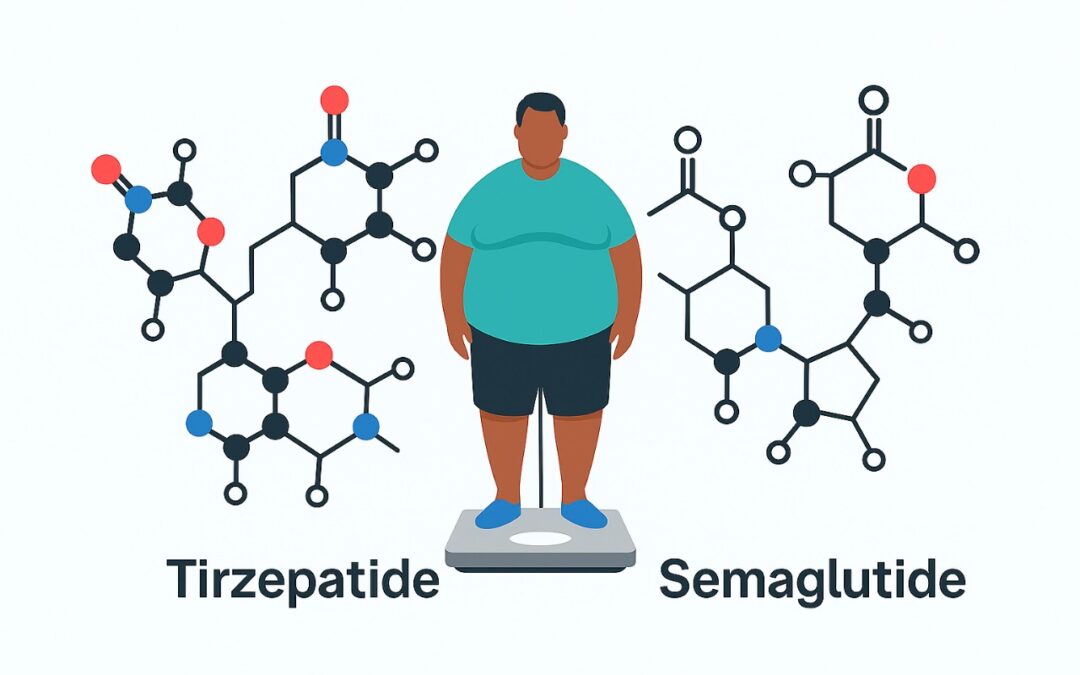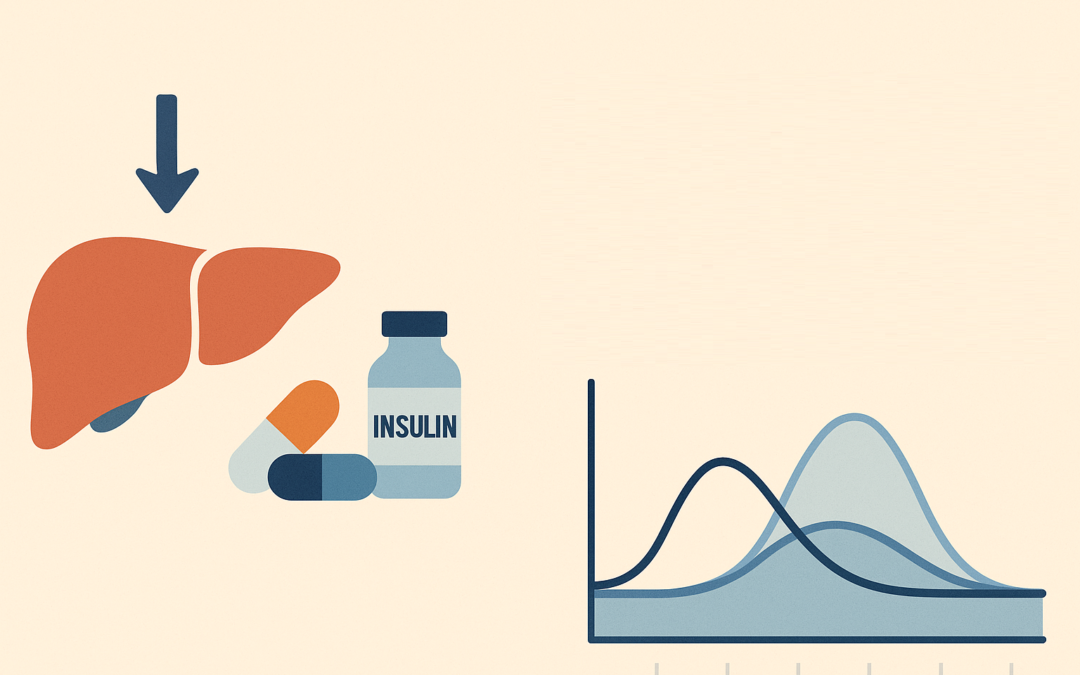
Insmed Incorporated announced the U.S. Food and Drug Administration (FDA) approval of BRINSUPRI™ (brensocatib 10 mg and 25 mg tablets), the first approved treatment for non-cystic fibrosis bronchiectasis (NCFB) in adults and children aged 12 and older. As a first-in-class dipeptidyl peptidase 1 (DPP1) inhibitor, BRINSUPRI targets neutrophilic inflammation by inhibiting neutrophil serine proteases, addressing a root cause of airway damage, persistent infections, and exacerbations in NCFB. This chronic condition affects approximately 500,000 diagnosed patients in the U.S. and millions globally, characterized by permanently dilated bronchi, chronic cough, excessive mucus, shortness of breath, and frequent flares that worsen lung function and quality of life.

Growth hormone deficiency (GHD) in adults, a rare disorder characterized by decreased or absent endogenous growth hormone production, leads to abnormal body composition, dyslipidemia, insulin resistance, and increased risks of metabolic syndrome, cardiovascular disease, and impaired quality of life, including cognitive and psychological issues. Sodium-glucose cotransporter-2 (SGLT2) inhibitors have shown promise in managing related comorbidities, but adherence to the standard daily somatropin injections remains a challenge. Ascendis Pharma A/S has developed SKYTROFA® (lonapegsomatropin-tcgd), a prodrug of somatropin administered weekly, previously approved by the U.S. Food & Drug Administration (FDA) in 2021 for pediatric GHD. This study evaluates its efficacy and safety for adult GHD.

The article discusses the evolving yet critical role of basal insulin (BI) in managing type 2 diabetes mellitus (T2DM) in the era of newer glucose-lowering agents such as GLP-1 receptor agonists (GLP-1RAs) and SGLT2 inhibitors (SGLT2is). While these newer therapies offer advantages like minimal titration, weight reduction, and cardiovascular/renal benefits, BI continues to serve as a vital therapeutic tool, particularly when other medications fail to maintain adequate glucose control or in scenarios like metabolic stress, pregnancy, latent autoimmune diabetes (LADA), or comorbidity-driven limitations.

The study emphasizes the need to adopt an integrated approach to cardiovascular, kidney, and metabolic (CKM) health, which are deeply interconnected and contribute significantly to morbidity and mortality in the U.S. population.

This cross-sectional study by Sato et al. investigates the impact of Sodium-Glucose Co-Transporter-2 (SGLT2) inhibitors on nocturnal polyuria in type 2 diabetic patients, in particular on a comparison between the short-acting inhibitor tofogliflozin and other SGLT2 inhibitors. The sample was 142 patients, divided into two groups: one that received SGLT2 inhibitors and one that received none.

The study examines the best cutoff points of the Homeostasis Model Assessment of Insulin Resistance (HOMA-IR) to identify persons at risk of metabolic syndrome (MetS) among a Mexican adult population. Because there is current uncertainty over the thresholds, the study compares two approaches: percentile distribution and receiver operating characteristic (ROC) curve analysis.






